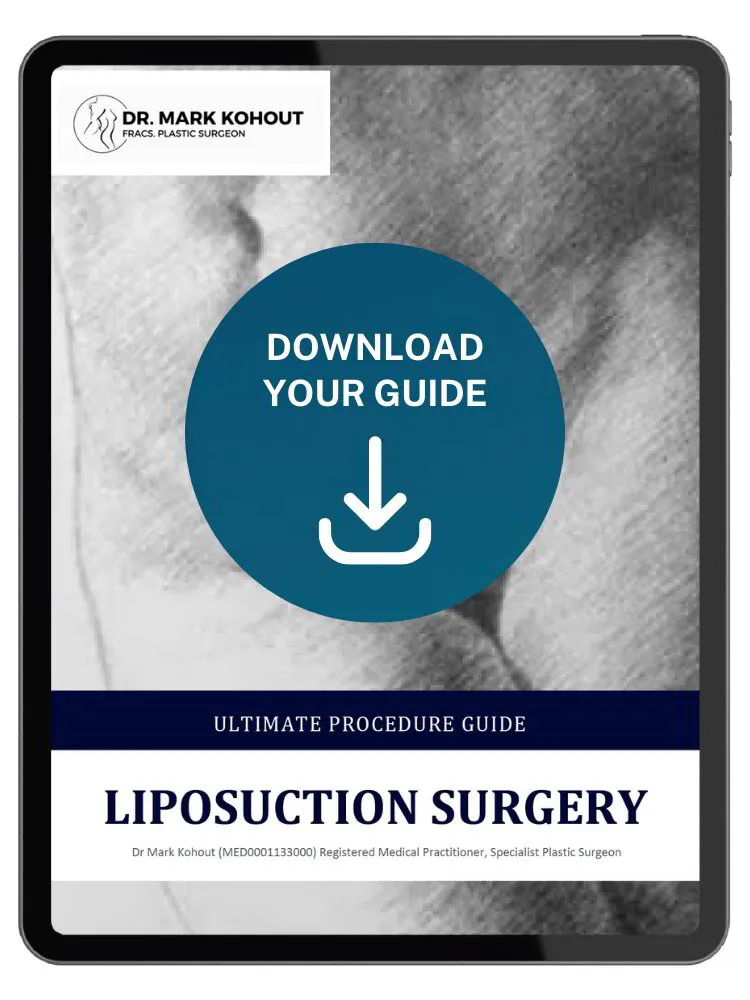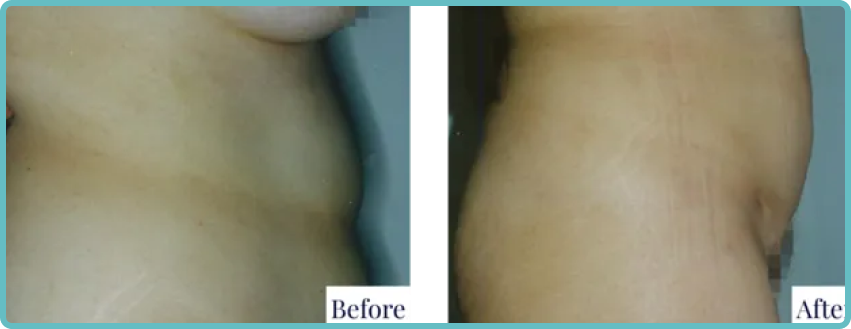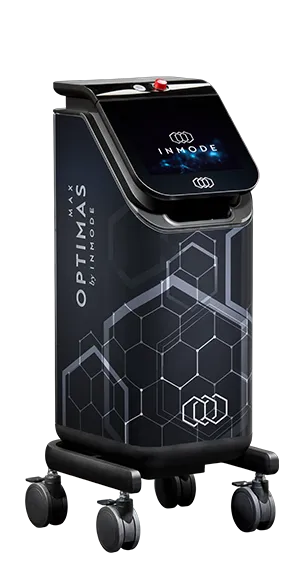
Have you ever considered liposuction, but worried about the potential for loose or sagging skin afterwards? Many patients express this concern, especially those who are a bit older, have gone through pregnancy, or have lost a significant amount of weight. If you feel like you have to choose between removing stubborn fat and having taut, smooth skin – well, this might not be necessary anymore.
You see, while liposuction is efficient at eliminating excess fat, it relies on your skin’s natural elasticity to contract and conform to your new contours. And for many people, skin elasticity just isn’t what it used to be. That’s where BodyTite might be useful. By delivering controlled heat to the skin and underlying tissues, BodyTite stimulates collagen production and tightens the skin, all during the same procedure as liposuction.
In this blog post, we’ll discuss more about how BodyTite works, who can potentially benefit from it, and what kind of results you might expect.
What to Know About Liposuction
In this video, Specialist Plastic Surgeon Dr Michael Kernohan discusses general information about liposuction surgery. He outlines how the procedure is commonly performed, areas that may be treated, recovery considerations, and what patients may need to think about when considering liposuction.
Limitations of Traditional Liposuction

Liposuction has been a popular procedure for people looking to get rid of stubborn fat for decades, and for a good reason – it works! I’ve performed hundreds of liposuction procedures over the years, but as with any surgical procedure, liposuction has its limitations.
First, let’s talk about how liposuction works. During the procedure, I make small incisions in the treatment area and insert a thin tube called a cannula. Using back and forth motions, I break up the fat cells and suction them out of the body. It’s a straightforward process, but there’s one key factor that can make or break the outcome: skin elasticity.
When fat is removed from an area, we’re creating empty space beneath the skin. In an ideal world, the skin would simply contract and conform to the new contours, leaving you with a smooth, taut surface. But for many people, especially those over the age of, say, 30 or who have undergone significant weight changes, the skin has lost some of its elasticity. It’s like a rubber band that’s been stretched out – it just doesn’t snap back the way it used to.
This is where the limitations of traditional liposuction come into play. If your skin doesn’t have enough elasticity, you may be left with loose, rippled or sagging skin after the procedure. Certainly not what we want.
Another factor that can impact skin elasticity is pregnancy. During pregnancy, the skin stretches to accommodate the growing baby, and while it’s designed to bounce back after delivery, this process isn’t always perfect. Many women find that their skin just doesn’t return to its pre-pregnancy state, especially in areas like the abdomen and thighs.
So, what can be done about this? In the past, options were limited. We could perform more extensive procedures like tummy tucks – abdominoplasties or body lifts to remove excess skin, but these surgeries come with longer recovery times and more significant scarring. Alternatively, we could advise patients to focus on non-surgical options like radiofrequency treatments or ultrasound therapy to help tighten the skin over time, but these approaches can have limited and varied results.
That’s why I was particularly interested when I first learned about BodyTite, a technology designed for use alongside liposuction to address skin laxity. It provides an option for patients seeking skin tightening in conjunction with liposuction, without requiring additional surgical procedures.
What is BodyTite?
If you’re like most people considering liposuction, you’re probably wondering what sets BodyTite apart from other treatments. Well, let’s have look at this question together.
BodyTite is a technology that combines liposuction with radiofrequency energy to not only remove unwanted fat but also tighten the skin in the treated area. It’s a less invasive procedure that can be performed under local anaesthesia or light sedation, depending on the extent of the treatment.
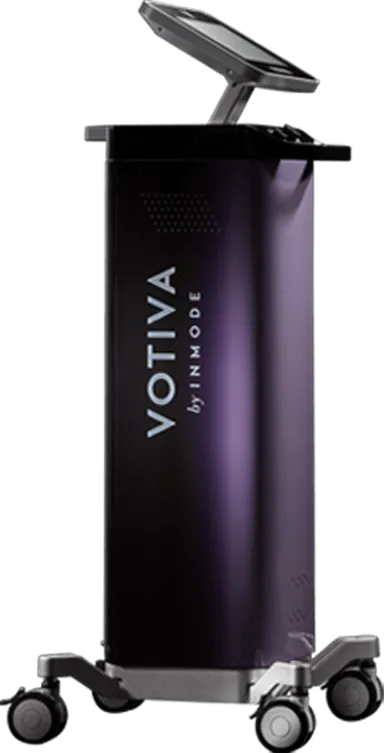
So, how does it work? The BodyTite device consists of two parts: a thin probe which is inserted beneath the skin, and an external electrode that sits on the skin’s surface. As I move the cannula through the treatment area, the device emits radiofrequency energy. This energy flows between the probe and the external electrode, heating the skin and underlying tissues to a precise, controlled temperature.
Now, I know what you might be thinking – “Heat? Near my skin? That sounds scary!” However, the BodyTite technology includes features designed to monitor and control temperature during treatment, helping to minimise the risk of overheating or tissue damage. The temperature is regulated to support effective skin tightening outcomes.
So, what exactly does this heating process do? When the skin and underlying tissues are heated to the right temperature, it stimulates the production of collagen and elastin – two essential proteins that give our skin its firmness and elasticity. As we age, our bodies naturally produce less of these proteins, which is why our skin tends to become looser and less resilient over time.
By helping with collagen and elastin production, BodyTite helps to counteract this natural ageing process. The heat also causes the existing collagen fibres in the skin to contract, providing an immediate tightening effect. Over the weeks and months following the procedure, the skin continues to tighten and firm up as new collagen is laid down.
One of the things I like about BodyTite is that it allows me to customise the treatment to each patient’s unique needs. I can adjust the depth, duration, and intensity of the radiofrequency energy to ensure optimal results for each patient. It’s also important to mention that the BodyTite device provides real-time feedback on skin temperature and impedance, allowing for careful monitoring during the procedure to help manage treatment parameters.
Compared to traditional liposuction alone, BodyTite offers a more multifaceted solution by addressing both excess fat and skin laxity in a single procedure.
Of course, as with any surgical procedure, BodyTite isn’t right for everyone. Good candidates are typically those with mild to moderate skin laxity and sufficient skin thickness to tolerate the radiofrequency energy. During your consultation, we’ll discuss your specific concerns and goals to determine whether BodyTite is the optimal approach for you.
Good Candidates for Liposuction with BodyTite
Patients who can potentially benefit most from combining liposuction with BodyTite are those with mild to moderate skin laxity, individuals over the age of 30, or those with skin stretching resulting from pregnancy or significant weight loss. During the consultation process, I assess each patient’s skin elasticity and discuss their overall body contouring goals to determine if liposuction with BodyTite is the most suitable approach.
It’s important to note that while BodyTite may improve skin tightness, it may not be the best option for patients with severe skin laxity. In such cases, more extensive surgical procedures, such as a tummy tuck – abdominoplasty or arm lift – brachioplasty, may be recommended to achieve the desired results.
Recovery and Results
The recovery process for patients undergoing liposuction with BodyTite is similar to that of traditional liposuction. You can expect some swelling, bruising, and discomfort in the treated areas, which can be managed with pain medication and compression garments. Many patients can return to work and resume light activities within a week, although strenuous exercise should be avoided for several weeks.
The results of liposuction with BodyTite will become increasingly visible as the swelling subsides and the skin continues to tighten. Many patients may observe changes in body contours within a few weeks, with final outcomes typically becoming more apparent over several months. Individual results can vary.
FAQs about Liposuction with BodyTite
Is BodyTite safe?
BodyTite is an approved technology that has undergone rigorous testing to ensure its safety and effectiveness. In Australia, medical devices are regulated by the Therapeutic Goods Administration (TGA). The TGA is responsible for assessing the safety, quality, and performance of medical devices before they can be legally supplied in Australia.
BodyTite, manufactured by InMode, has been approved by the TGA for use in Australia. According to the Australian Register of Therapeutic Goods (ARTG), BodyTite is classified as a Class IIb medical device. This approval indicates that the device has met the required safety, quality, and performance standards. However, BodyTite should only be performed by qualified and trained medical professionals to facilitate the optimal outcomes and manage any potential risks.
How long does the BodyTite procedure take?
The duration varies depending on the individual patient and the extent of the treatment. On average, the procedure takes anywhere from one to three hours. Smaller treatment areas, such as the chin and neck, typically take around one hour, while larger areas like the abdomen and thighs may take 1.5 to 3 hours.
Will I have scars after liposuction with BodyTite?
The incisions used for this procedure are small, usually just 5–10 millimetres in length, and they are placed in discreet locations, such as natural skin folds or creases. In most cases, the scars heal well and become less noticeable once they’ve fully matured. Techniques and materials are also used to promote optimal healing.
How long will the results of liposuction with BodyTite last?
Liposuction with BodyTite is designed to produce long-lasting results. The fat cells removed during the procedure are permanently eliminated, meaning they won’t grow back over time. However, the remaining fat cells can still expand if you gain a significant amount of weight in the future.
Maintaining a stable weight and embracing a healthy lifestyle after the procedure is essential. By taking good care of yourself with a balanced diet and regular exercise, you can enjoy the results of your BodyTite treatment for longer.
What are the potential risks associated with BodyTite procedures?
Some potential risks include:
- Infection: There is a risk of infection with any surgical procedure involving skin incisions. Instructions for post-procedure care and antibiotics will be provided to manage this risk.
- Burns: BodyTite uses radiofrequency energy, which can pose a risk of burns if the device is not used correctly. However, BodyTite has built-in safety features to monitor this risk.
- Asymmetry: The results may not be entirely symmetrical in some cases.
- Numbness or changes in sensation: Temporary numbness or sensation changes in treated areas may occur but usually resolve over time.
- Scarring: Although the incisions are small, there is still a risk of scarring.
Medical References about BodyTite and Radiofrequency-Assisted Liposuction
- Use of Radiofrequency-Assisted Liposuction (BodyTite) for Upper Arms Lifting
- Radiofrequency-assisted liposuction device for body contouring
- Treatment of overweight patients by radiofrequency-assisted liposuction (RFAL) for aesthetic reshaping and skin tightening
- The Use of Radiofrequency in Aesthetic Surgery
- Does Radiofrequency Assistance Improve Skin Contraction after Liposuction?
Further Reading
- Read Dr Mark Kohout’s Procedure Page on Liposuction
- Read Dr Mark Kohout’s Procedure Page on Body Contouring
Related Blog Posts
BodyTite: A Solution for Skin Laxity…
Have you ever considered liposuction, but worried about the potential for loose or sagging skin afterwards? Many patients express this concern, especially those who are a bit older, have gone through…
FAQs about Abdominoplasty (Tummy Tuck Surgery)…
Abdominoplasty, commonly referred to as a tummy tuck, is a surgical procedure to remove excess skin and fat from the abdomen and tighten the underlying muscles. When combined with BodyTite and Morpheus8, you can…
Recovery After Liposuction: What to Expect…
Liposuction is a popular cosmetic procedure aimed at removing excess fat deposits from specific areas of the body. While it’s a relatively safe surgery, the recovery process plays a crucial role…
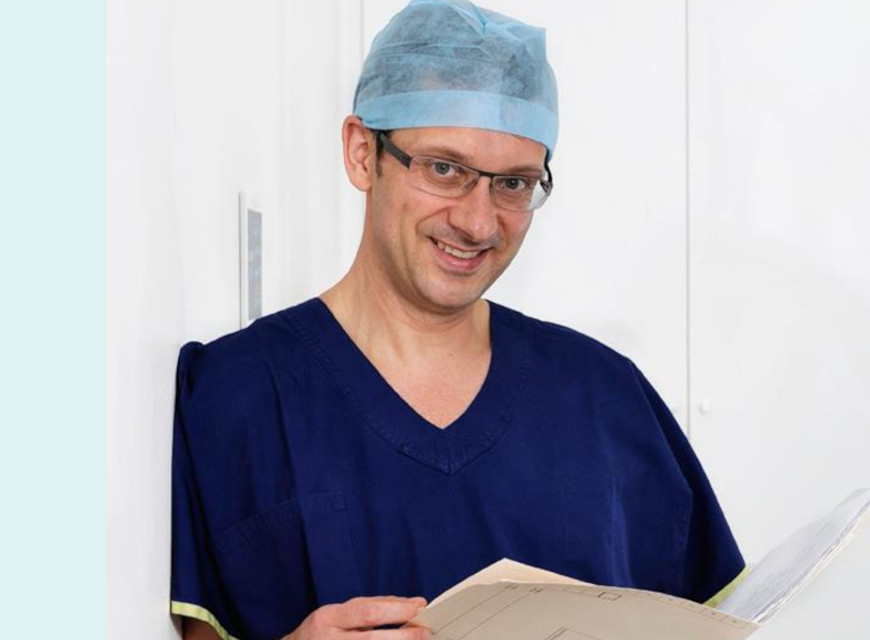
Experienced Plastic Surgeon
Dr. Mark Kohout
A qualified plastic surgeon who operates with care and integrity, based in central Sydney with over 20 years of experience in the cosmetic field. His extensive training and experience assures patients they are in highly trained surgical hands. Dr. Kohout is a dedicated, friendly professional who is committed to providing the high quality care, support and results, alongside his compassionate team.
Dr Mark Kohout (MED0001133000)
Specialist Plastic Surgeon
Specialist registration in Surgery – Plastic Surgery


